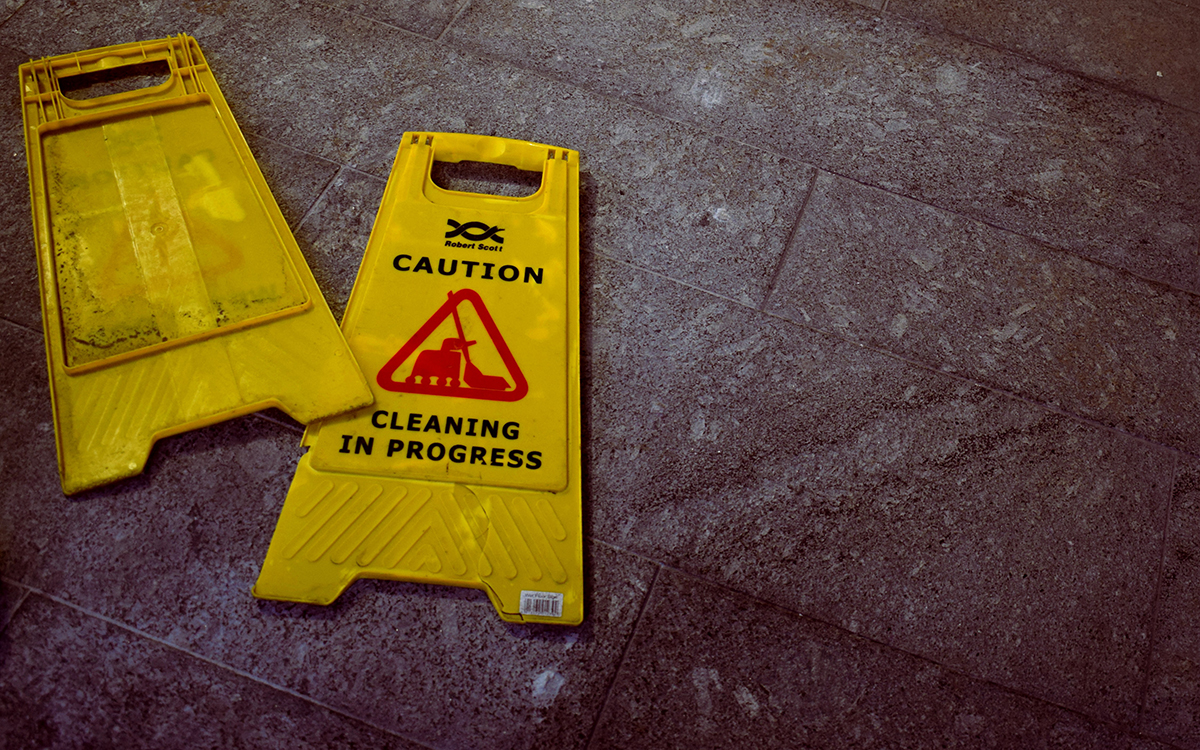
When Was the Last Time Your Business Completed a Safety Audit?
It is important to have your business complete a safety audit to identify health, safety and fire hazards. Different from efficiency or productivity checks, safety audits should be conducted by teams of three to five people that fairly and evenly represent the company. Without safety audits, you risk lawsuits and other dangers, so it is important to complete them on a regular basis. Here are some steps to managing a thorough safety audit for your company.
Address Four Questions
Your audit team should focus on four areas of inquiry. First, make sure the program and procedures meet regulations and best practices in the industry. Next, make sure all the requirements are met. Third, there should be documents that prove compliance. Finally, there should be training to make sure employees operate safely.
Prepare the Safety Audit
In advance of conducting the audit, let managers and supervisors know the plans to allow time to collect all relevant paperwork or documents that need to be reviewed. If past audits were conducted, the audit team should look over those documents to see what recommendations were made, comparing those to the actions that were taken in the time following those audits. It is also important to thoroughly research all company, local, state and federal requirements for the program. This could include inspection and training requirements implemented at different levels of government.
Find Out the Facts
As they make their inspections, the team should also work together to gather information from employee knowledge, written program reviews and employee training, relevant records and documents, as well as an inspection of all equipment and materials. Everything should be in good condition and operating safely.
Review the Results
After inspection, the team should write a concise report that analyzes the state of the company’s safety. The report should address whether the program covers regulatory requirements, whether requirements are being met, whether compliance has been documented, and whether employees are trained to be safe. All strengths and deficiencies should be detailed.
Make Recommendations and Determine Next Steps
For each safety failure, recommend actions to improve it. The improvements should be simple and streamlined and involve the help of the relevant supervisors. You don’t want your recommendations to add more rules, regulations and requirements to your procedures. Instead, you want to simply make adjustments so your systems align to the already existing rules. The greatest hazards should be addressed first, assigned a deadline, and a date to reevaluate it once it’s finished. Keep records of all the completed actions so you can refer back to them during the next audit.
Publish the Results
Once the findings and recommendations have been written, they should be published for all the managers and supervisors to see. It should include all the areas and departments that were found to be safely operating and hazard-free. They should be praised for their efforts and their successes should be acknowledged.
Regularly reviewing the safety standards set for your team can help address ongoing issues and prevent future ones. For more advice on how to make sure your company is free from health and safety violations, contact a member of ICR Staffing Services today.


